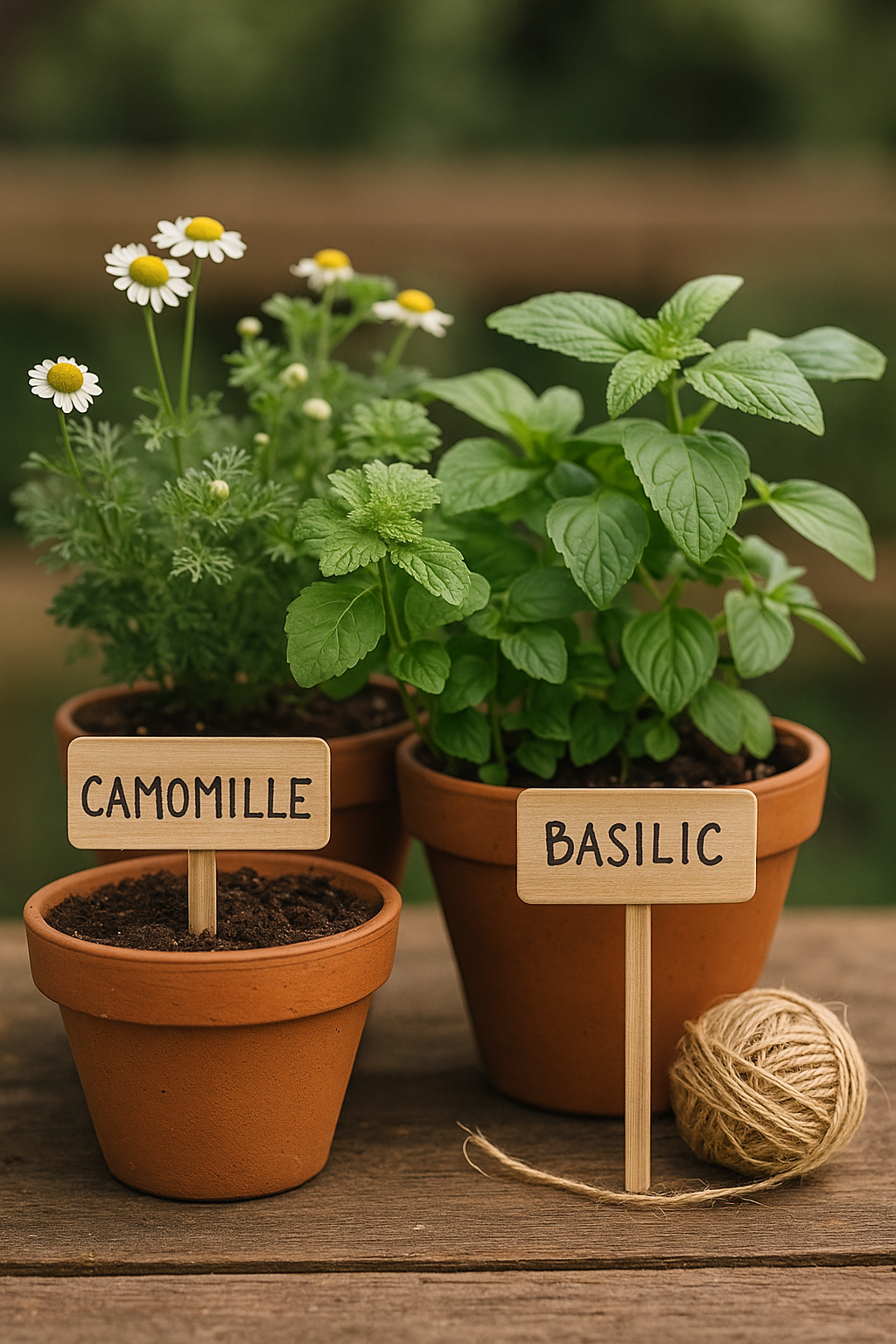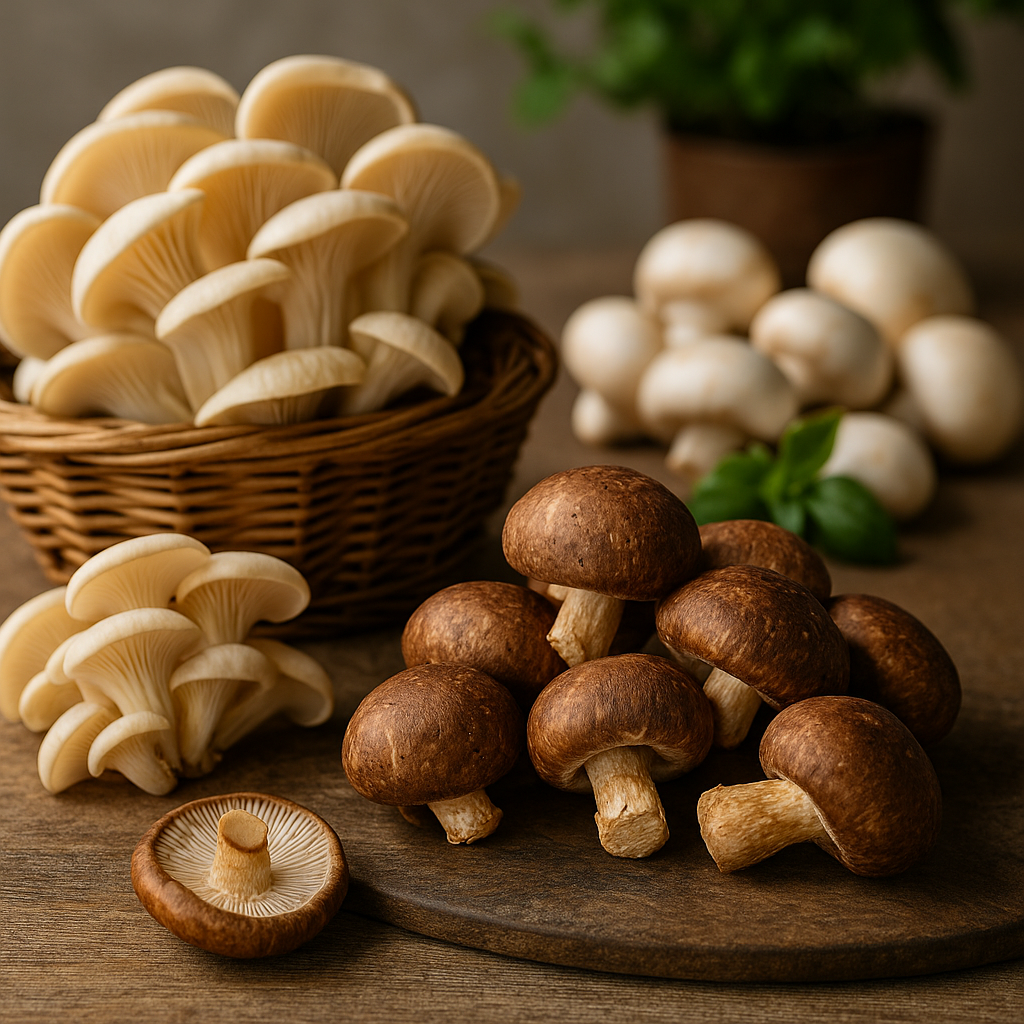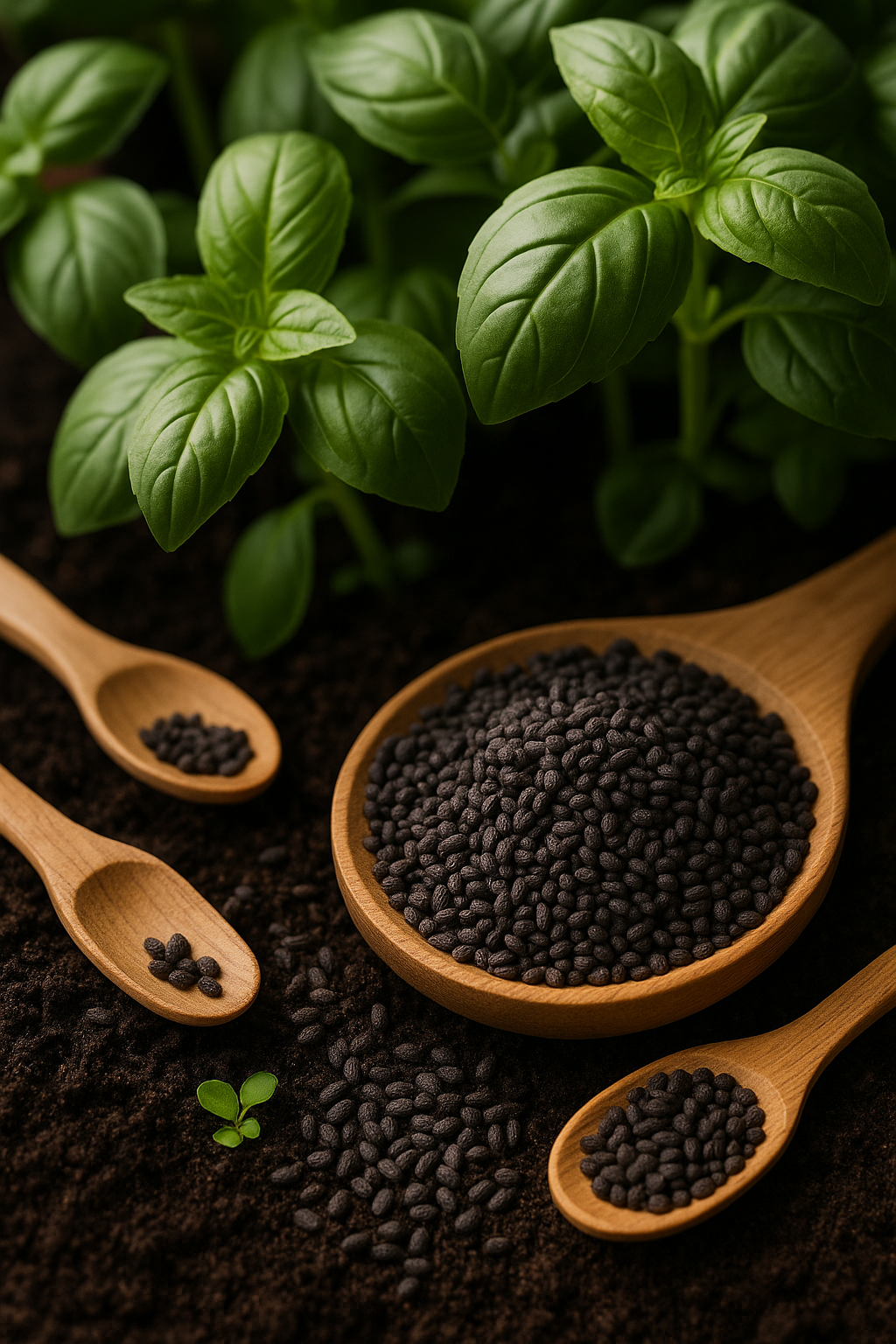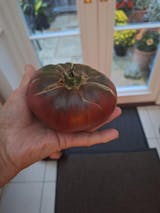🌿 Why grow your own medicinal plants?
⚖️ What you need to know before starting
Important: plant use and regulations
In France, only healthcare professionals and pharmacists are authorized to prescribe or advise plants for medicinal purposes. Certain health claims, therapeutic properties, vitamins, or effects on the body are strictly regulated by law.
At SemiSauvage Permaculture, we only offer botanically identified plant seeds, intended for horticultural, decorative, or food use (infusions, decoctions, cooking...).
Any medicinal use must be validated with a qualified healthcare professional.⚠️ The cultivation of wild or medicinal plants requires rigorous species identification, as well as caution regarding possible contraindications, drug interactions, or side effects.
Taking care of yourself... naturally
Growing your own medicinal plants allows you to create a personal healing garden, living and evolving. It is reconnecting with simple gestures: sowing, observing, harvesting, and transforming. Evening herbal teas, homemade balms, edible floral decorations... Even a balcony can host some precious aromatics.
We offer you here a selection of easy-to-grow plants from our catalog, with general indications on their traditional uses.
🌱 1. To sow in spring
🌼 Chamomile matricaria
-
Sowing : March-April in pots, or May directly in open ground.
-
Tradition : used in evening infusions, made from dried flowers.
🌿 Lemon Balm
-
Sowing : April to May under cover, transplant after frost.
-
Particularity : lemony leaves, popular in infusions.
🌿 Holy Basil (Tulsi)
-
Sowing : April to May under warm cover (min. 20 °C).
-
Traditional uses : aromatic from Asia, cultivated for its fragrant leaves.
🌿 Green Anise
-
Sowing : in rows from April, sunny exposure.
-
To harvest : for its seeds at the end of summer.
🌸 Purple Echinacea
-
Sowing: March to May under cover or in place after frosts. Germination sometimes slow (2 to 4 weeks).
-
Particularity: perennial plant with large purple flowers, appreciated in gardens for its hardiness and traditional old uses.
☀️ 2. To sow in summer
🌸 Common Borage
-
Sowing: May to July, in place.
-
Particularity: its flowers are edible and decorative, to be used fresh and sparingly.
🌼 Pot Marigold (Calendula)
-
Sowing : April to June.
-
Tradition : colorful ornamental plant, dried flowers used in various homemade preparations (culinary or cosmetic).
🌿 Hyssop officinalis
-
Sowing : in place from the end of May.
-
Observations : hardy Mediterranean plant, melliferous, traditionally grown for its aromatic foliage.
🍂 3. To sow in autumn
🌸 Valerian officinalis
-
Sowing: September-October. Stratification sometimes recommended.
-
Warning: the roots are often mentioned in old books – consult a professional before any use.
🌺 Poppy (Papaver rhoeas)
-
Sowing: in autumn or early spring.
-
Precaution: only the wild variety is used, to be distinguished from other types of poppies that are strictly regulated.
🌿 Marshmallow officinalis
-
Sowing: in autumn or spring. Requires good drainage.
-
Particularity: known since Antiquity for its fleshy roots.
🌾 4. Cultivation tips
-
Prefer a fine, poor, and well-drained potting soil, especially for seedling pots.
-
Some seeds, very fine (chamomile, poppy…), are sown on the surface without covering.
-
Use a gentle spray for watering: medicinal seeds are sometimes light and sensitive to displacement.
-
Label carefully: seedlings can look alike and lead to confusion.
🌼 5. How to use them simply
We only sell seeds. The use of plants from your own cultivation is your responsibility, but here are some ideas for traditional or culinary use:
🍵 Infusions & decoctions
-
Chamomile flowers, lemon balm leaves, green anise seeds…
-
Classic preparation: 1 tablespoon for 250 ml of simmering water, infusion for 7 to 10 minutes.
🧴 Homemade macerates
-
Marigold flowers can be dried and then macerated in a vegetable oil in the sun for 2 to 3 weeks.
-
Use strictly cosmetic or culinary, never medical.
🥗 Floral cuisine
-
Fresh flowers of borage, poppy, or calendula to decorate salads, cheeses, or desserts.
🌿 In summary
Growing your own medicinal plants means reconnecting with ancient knowledge, gaining autonomy, and developing an intimate bond with your garden. It requires rigor and caution but offers great satisfaction in return.
Even a few pots on a windowsill are enough to sow chamomile, lemon balm, or borage, and to enjoy a simple, local, and natural cultivation.





Leave a comment
This site is protected by hCaptcha and the hCaptcha Privacy Policy and Terms of Service apply.